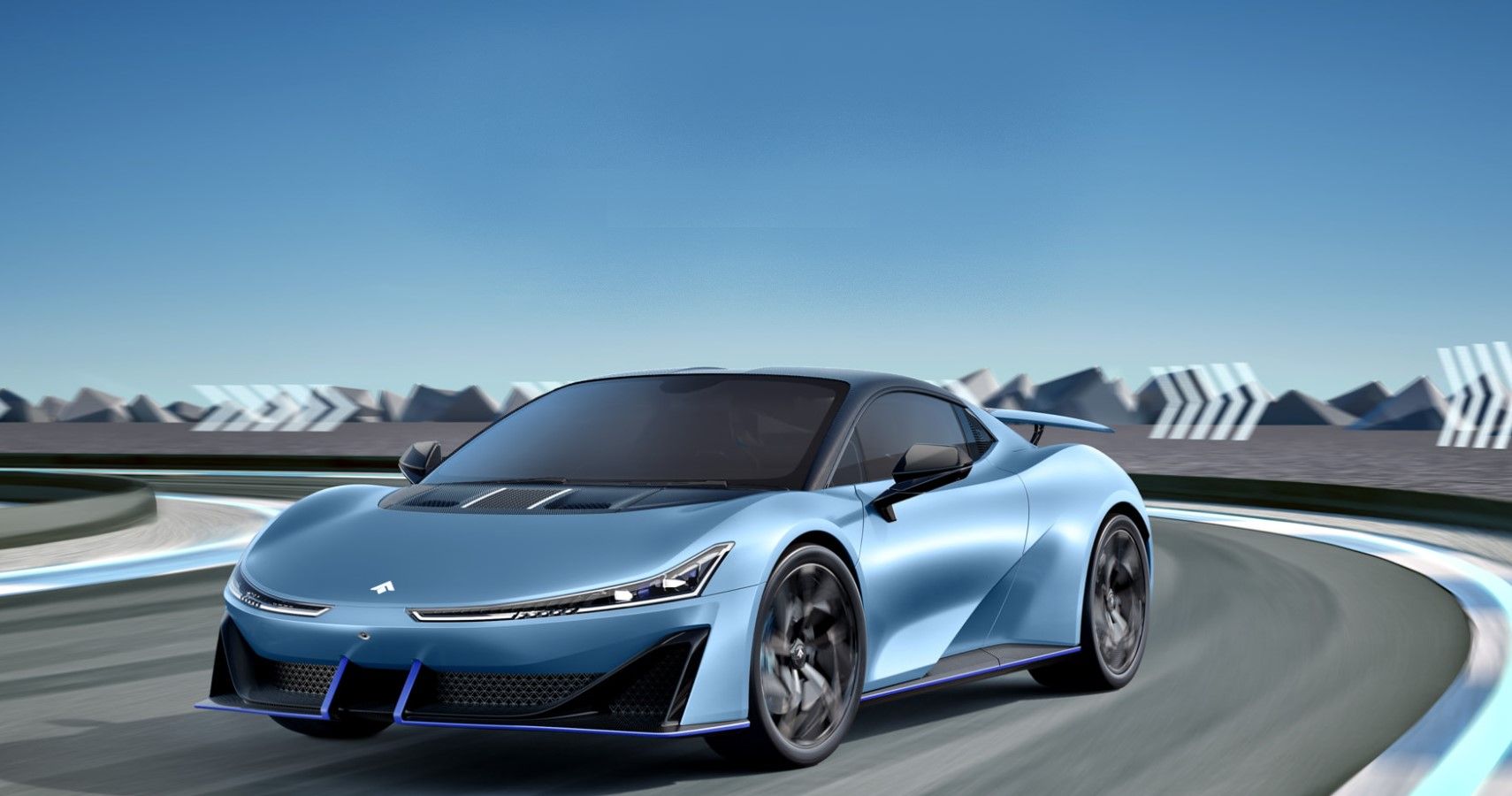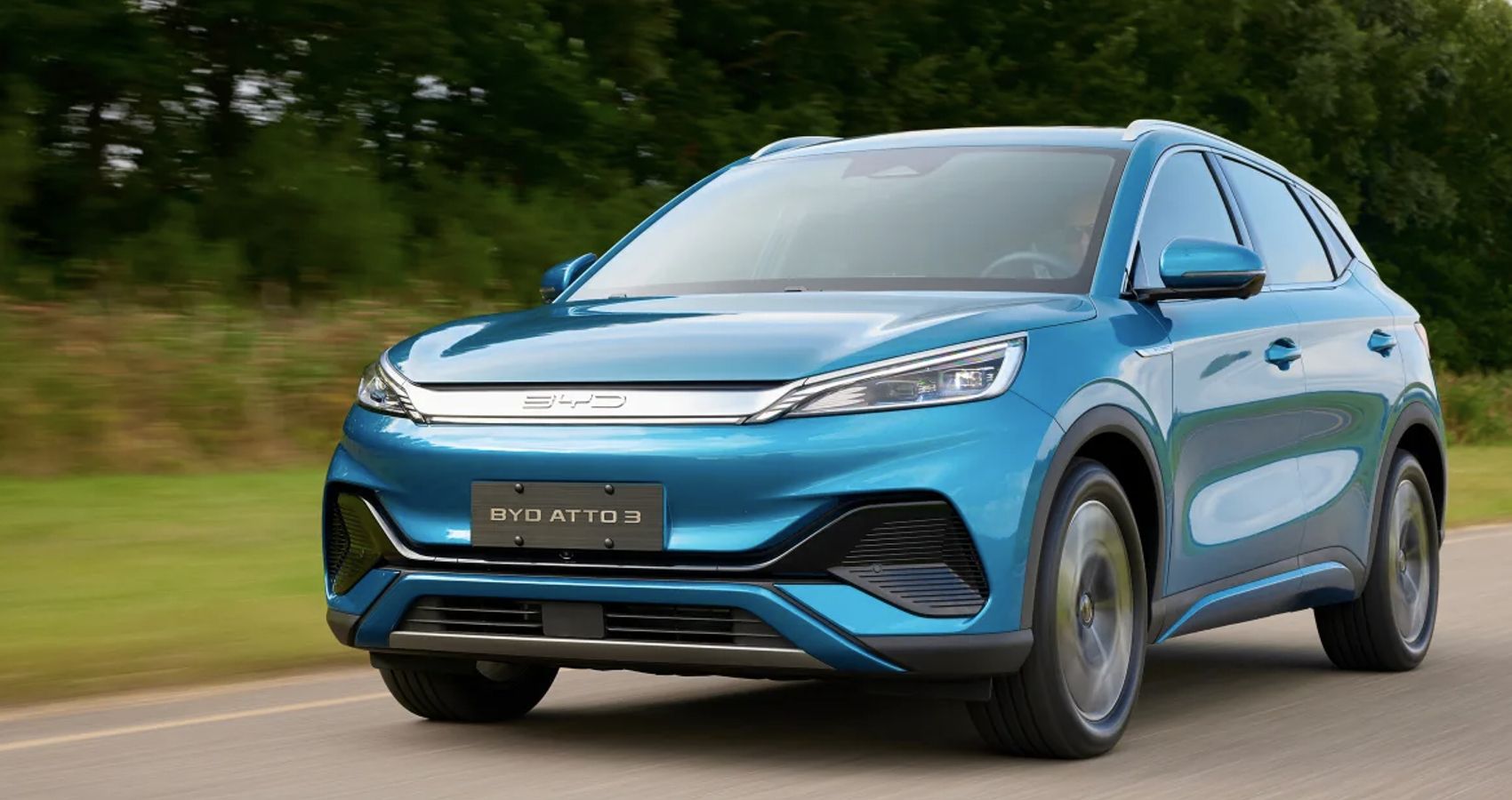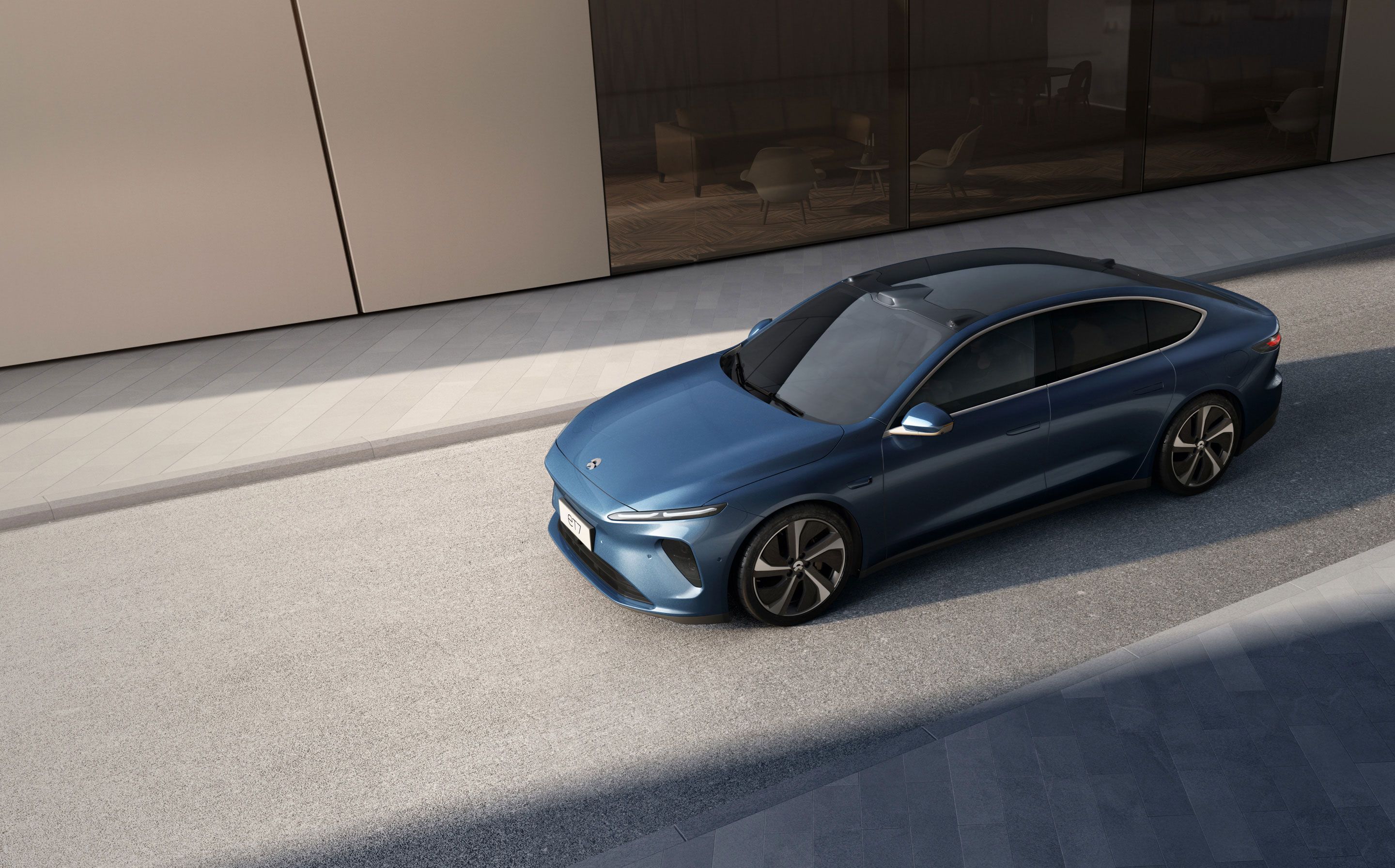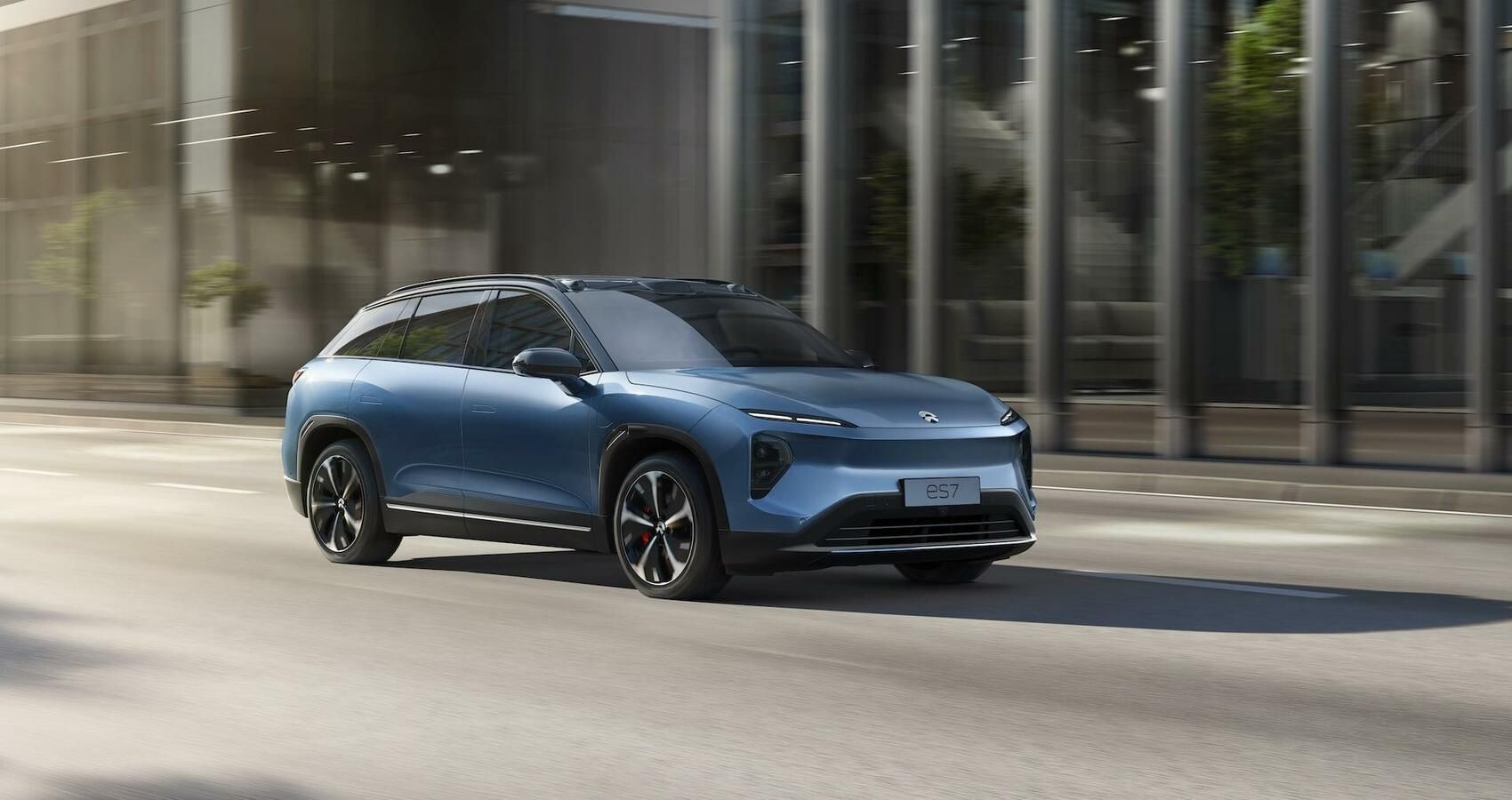If you are wondering who’s leading the global automotive industry, it all depends on the metrics you’re using. Do you focus on sales? Profits and losses? Quality and performance? Innovation? Or the number of units manufactured?
For instance, if you are focusing on innovation, Japan is most likely taking the crown. According to Lease Fetcher, Japan commands the field with 57.75 percent of all patent applications, followed by South Korea with 16.61 percent, and Germany with 12.28 percent. Between 2001 and 2020, Toyota had a staggering 285,231 patents, followed by Hyundai with 125,039 patents.
Now, if you focus on car sales, China wins the crown. China ranked first in terms of auto sales in 2021, a position it has held for more than ten years, according to Factory Warranty List. Sales of electric vehicles helped China's overall sales increase by 7 percent in 2021. Considering the size of the Chinese market, it is hardly surprising that Chinese carmakers are revealing more new vehicles than anyone. There were 131 new cars introduced to the public in 2022, and 47 percent of them were made in China. Out of the 62 new models introduced by Chinese car manufacturers, SAIC stands out because it debuted 10 models. Geely followed SAIC with eight models. So, here’s why Chinese carmakers are revealing more new models than anyone else.
Huge Car Market Means Greater Demand
Saying that China is an enormous market is an understatement. According to a paper by Jie Bai posted on Harvard Kennedy School’s website, China has the largest car market in the world since 2009. Meanwhile, Statista points out that in 2021, the total volume of automobile industry sales in China reached 26.2 million units, from which around 21.48 million were passenger cars and 4.79 million were commercial vehicles. At the same time, sport utility vehicles became the most popular car type in China, and automakers sold 10 million units in 2021. Equally important, at the end of November 2022, China had about 415 million motor vehicles registered and more than 500 million drivers, according to Xinhua.
Just to put things into perspective, the entire European Union had 246.3 million cars on the roads as of 2020. But that’s not all. The average age of cars in China is very young compared to Europe and the United States. China’s fleet has an average age of 5.1 years vs 8.4 years in the United Kingdom, 12.1 years in the US and 11.5 years in the European Union. Simply put, Chinese buyers can afford to replace their cars more frequently than their Western counterparts, and automakers want a piece of this profitable, rich market, but domestic players are becoming more competitive.
Big Automotive Competition Inside China
Everyone wants to have access to China, but domestic automakers lure local consumers over. Moreover, in recent years, Beijing has supported the local automotive industry through incentives and government subsidies. Naturally, this made the domestic automotive industry more competitive. In addition, the US-China trade war has pushed consumers towards local brands, as they felt foreign firms don’t really understand the local cultural sensibilities. And just like former President Trump called consumers to “Buy American,” Beijing also encouraged local consumers to buy Chinese cars, and it worked.
The problem is that once Chinese consumers have discovered how competitive their vehicles are, they became loyal to their brands. But in order to satisfy such a demanding, diverse, and large consumer base, Chinese automakers need to constantly innovate and expand their fleet.
For instance, SAIC introduced 10 new models in 2021, but the variety of the vehicles is just as striking as the quantity. The Chinese automaker debuted six sport utility vehicles, two sedans, a five-door hatchback, and an MPV. Basically, it covered all consumer segments instead of focusing only on the fashionable SUVs.
Made In China For China
In a December 2019 report titled “Winning the race: China’s auto market shifts gears,” McKinsey & Company emphasizes that global car companies should rethink some of their China strategies if they want to succeed. For instance, they could easily adopt the philosophy of "Made in China for China," similar to Daimler, which prioritized localization, or they could revise their pricing strategy.
“Multinational OEMs have consequently had the freedom to price models by summing component costs and adding margin, but this approach is coming under strain in the current environment of falling transaction prices. Looking ahead, OEMs should shift towards setting competitive prices, deducting margin, and working towards achieving the required cost savings,” says McKinsey & Company.
In a nutshell, global automotive players need to shift gears and employ new strategies if they want to remain competitive in China and maintain a power position in one of the most lucrative car markets in the world. Basically, a wider approach should include more steps than simply revealing new models in China.
Sources: McKinsey & Company, Time, Statista, Confused, Xinhua, ACEA, Harvard Kennedy School, Factory Warrantylist, Lease Fetcher and Vietnam Posts English




